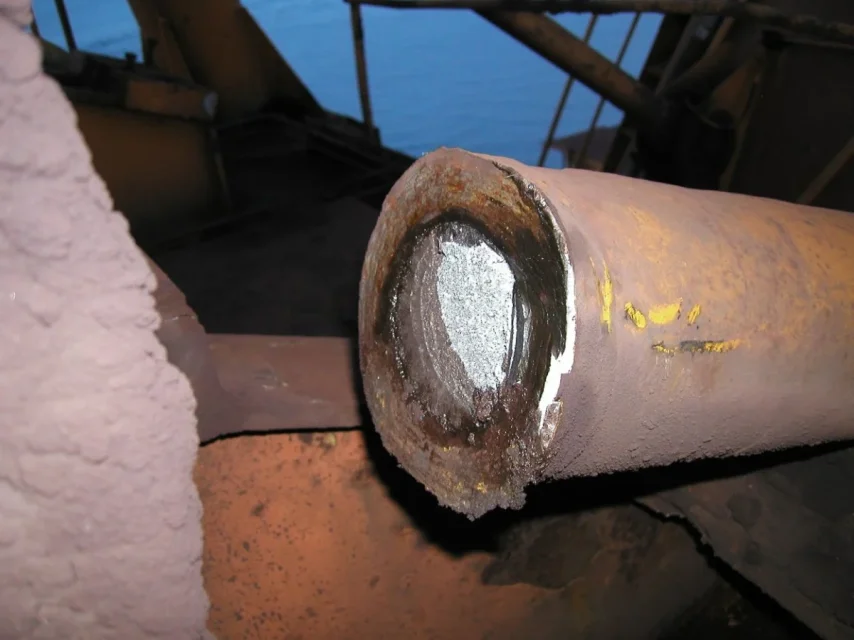Ing.Vedder
Guest
Good evening,
I have a two-sided roller created with a thick mechanical tube which at the ends welded two studs made with a full round bar on which the bearing supports skf are mounted.
I need to evaluate the fatigue resistance of the circumferential welding that joins the cog to the thick strong tube as from detail below.
I tried to look at both part 9 ec3 and the old uni7670 on the lifting devices (two norms that I always use as a reference for fatigue calculations) but I did not find a case similar to mine, the only thing is the particular 12 of the 8.5 outlook of the ec3 but does not convince me completely.
Would someone know how to indicate a manual verification path (at this stage no fem) for an angle welding of that type?
p.
the cod is welded to the pipe but being then a full round will also be planted in the pipe in interference, therefore it is lawful to think that the soldering will work "less" of what can be thought. However I would like to find a method of calculation as if I had to rely 100% on the soldering in question
Thank you all! !
I have a two-sided roller created with a thick mechanical tube which at the ends welded two studs made with a full round bar on which the bearing supports skf are mounted.
I need to evaluate the fatigue resistance of the circumferential welding that joins the cog to the thick strong tube as from detail below.
I tried to look at both part 9 ec3 and the old uni7670 on the lifting devices (two norms that I always use as a reference for fatigue calculations) but I did not find a case similar to mine, the only thing is the particular 12 of the 8.5 outlook of the ec3 but does not convince me completely.
Would someone know how to indicate a manual verification path (at this stage no fem) for an angle welding of that type?
p.
the cod is welded to the pipe but being then a full round will also be planted in the pipe in interference, therefore it is lawful to think that the soldering will work "less" of what can be thought. However I would like to find a method of calculation as if I had to rely 100% on the soldering in question
Thank you all! !


